In high-risk environments, such as combat zones or high-crime areas, the need for protective armor is paramount. However, the effectiveness of the armor depends not only on its quality but also on the carrier used to hold and distribute it. Survival armor carriers are designed to maximize safety and mobility for those who need to operate in dangerous situations. By choosing the right carrier and using it effectively, individuals can significantly improve their chances of survival in high-risk environments.
First and foremost, it is crucial to select a survival armor carrier that is compatible with the type of armor being used. Different carriers are designed for specific types of armor, such as soft body armor or hard plates. It is important to ensure that the carrier is properly sized and fitted to the individual to maximize protection and comfort. Ill-fitting carriers can restrict movement and cause discomfort, which can be detrimental in high-stress situations.
Once the appropriate carrier has been selected and fitted, it is important to understand how to use it effectively. Proper positioning of the armor panels within the carrier is essential to ensure maximum coverage and protection. It is also important to regularly inspect the carrier for any signs of wear or damage, as this can compromise its effectiveness. Additionally, proper maintenance and cleaning of the carrier and armor panels is crucial to ensure their longevity and performance.
In high-risk environments, mobility is just as important as protection. Survival armor carriers should be designed to allow for maximum movement and agility, without compromising protection. Look for carriers with adjustable straps and ergonomic designs that allow for a full range of motion. It is also important to consider the weight of the armor and carrier, as excessive weight can hinder mobility and cause fatigue.
Another key factor in maximizing safety and mobility in high-risk environments is the organization and accessibility of equipment. Look for carriers that feature multiple pockets and attachment points for carrying essential gear such as medical supplies, communication devices, and weapons. Keeping these items easily accessible can be crucial in emergency situations.
In addition to the carrier itself, it is important to consider the overall tactical setup and equipment used in high-risk environments. This includes considerations such as how the carrier integrates with other gear, such as backpacks, harnesses, and holsters. An integrated approach to gear can help to maximize mobility and functionality in high-risk environments.
In conclusion, survival armor carriers are a critical component of personal protective equipment in high-risk environments. By choosing the right carrier, using it effectively, and considering the overall tactical setup, individuals can maximize their safety and mobility in dangerous situations. Investing in a high-quality carrier and taking the time to properly fit, maintain, and use it can make a significant difference in the ability to survive and operate effectively in high-risk environments.

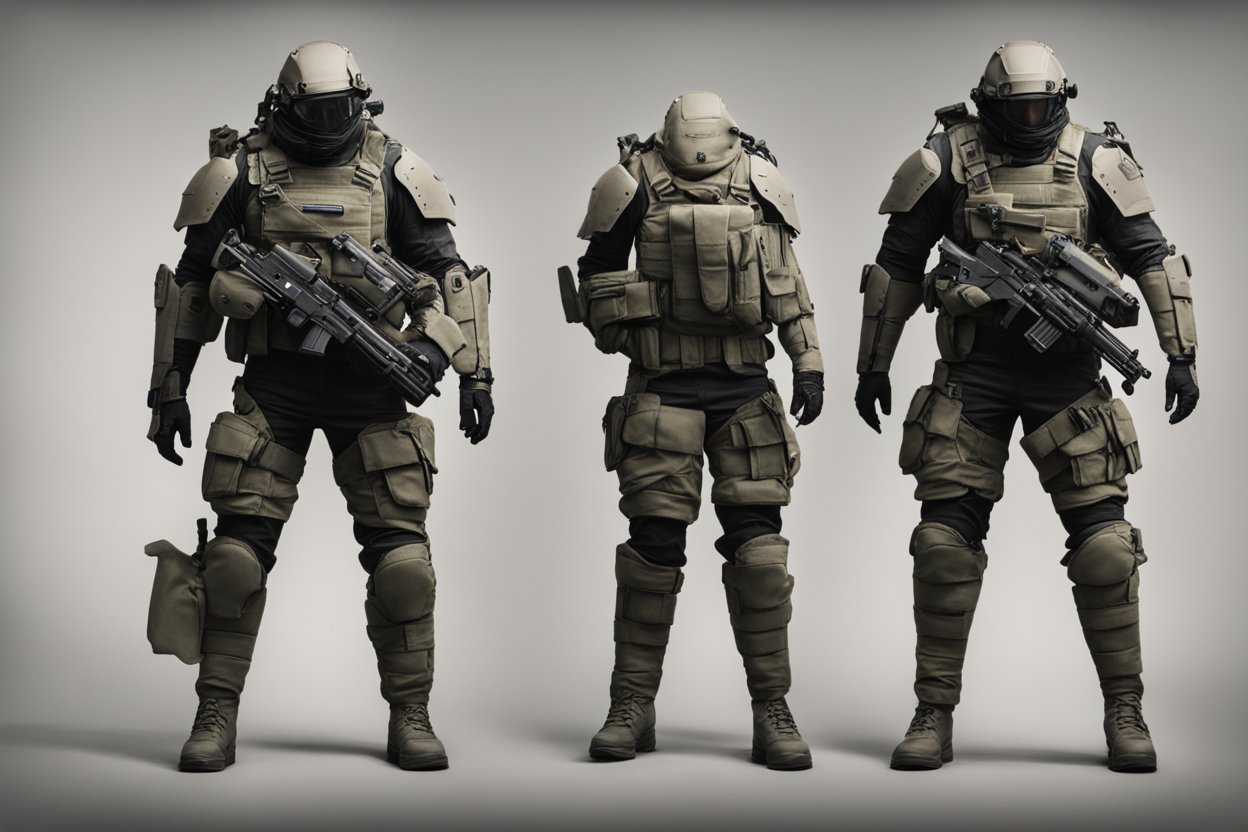
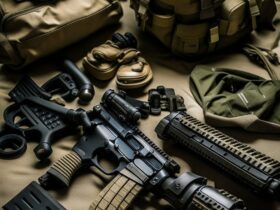

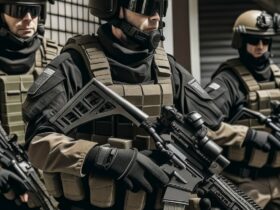
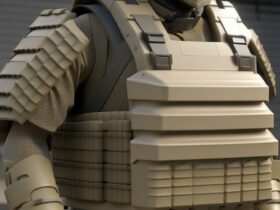
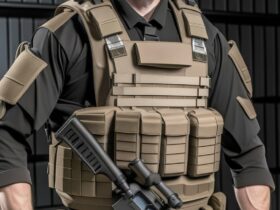
Leave a Reply